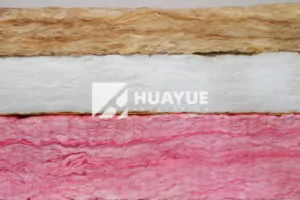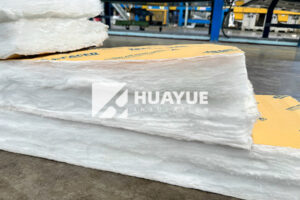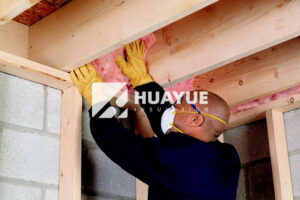What Are the Key Properties of Glass Wool?
Glass wool can be a game-changer when you want thermal and acoustic comfort and need safety and durability in one solution.
Glass wool is a versatile mineral fiber insulation made from recycled glass and sand, offering excellent insulation, soundproofing, fire resistance, durability, and environmental benefits at a cost-effective price.
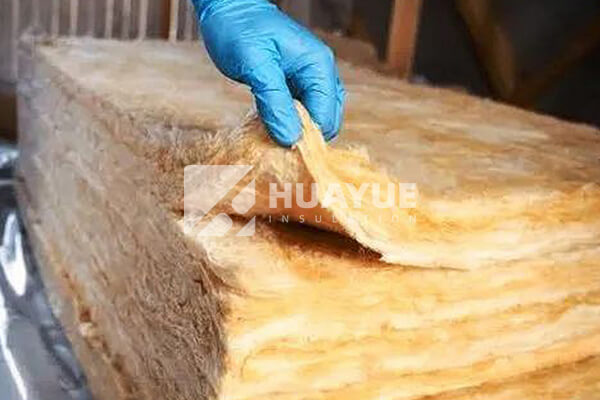
Most insulation solutions claim to solve every problem, but few live up to that promise under real-world constraints—especially when budgets are tight, regulations are strict, and performance is non-negotiable. I have seen firsthand, in both residential and industrial applications, how glass wool stands out for combining a full suite of critical properties. In this post, let’s break down what makes glass wool a strong choice, and why these properties matter for anyone building or operating facilities in demanding environments.
What Are the Core Physical Properties of Glass Wool?
Short-term fixes often end up costing far more over the lifespan of a building or industrial plant. That is why it is so important to look at the entire range of material properties before making a decision.
Glass wool offers the following core benefits: #1 outstanding thermal insulation, #2 excellent acoustic absorption, #3 remarkable fire resistance (up to 300°C), #4 environmentally friendly content, #5 cost-effectiveness, and #6 reliable mechanical strength for long-term durability.
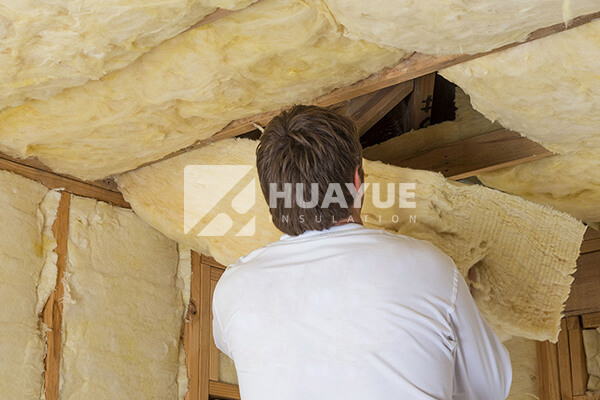
If I reflect back on the dozens of projects I have overseen, the insulation material that consistently performs best is the one that maintains its R-value over years, keeps spaces quiet, and most importantly, provides peace of mind in the event of fire. Glass wool checks all these boxes, which explains its popularity in everything from home attics to chemical tanks in Germany. Here is a quick breakdown of the most critical properties:
| Property | Description | User Benefit |
|---|---|---|
| Thermal Insulation | Low thermal conductivity, maintains R-value in all conditions | Keeps heat in/out, saves energy |
| Acoustic Absorption | Open fiber structure absorbs airborne sound | Quieter, more comfortable spaces |
| Fire Resistance | Non-combustible, can withstand temperatures up to 300°C | Essential for safety regulations |
| Environmentally Friendly | Made from recycled glass and sand, non-toxic | Supports green building, safe for occupants |
| Cost-Effective | Uses abundant recycled material, long service life reduces replacement/maintenance needs | Lower project lifetime cost |
| Mechanical Strength | High tensile strength, resists deformation (won’t sag, settle, or break down over time) | Durability, maintains performance |
How Does Glass Wool Provide Both Sound and Heat Insulation?
Unwanted noise or heat loss can lead to lost productivity and higher energy bills, often creating lasting discomfort for building occupants or plant operators.
Glass wool dampens unwanted sound by absorbing airborne noise through its fibrous network, while its low thermal conductivity traps air, significantly reducing heat flow and saving energy.
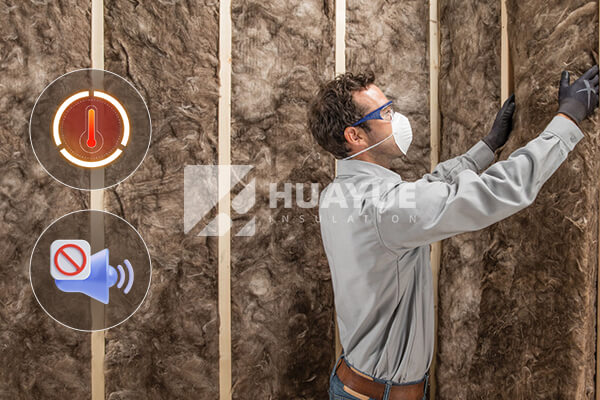
I remember when I was helping design an energy-efficient school building. We needed insulation that would keep classrooms quiet even near busy streets. Glass wool made the difference. The open structure of glass fibers interrupts sound waves and traps heat. This results in quieter, more consistent interior environments during both summer and winter. Below is a table clarifying how glass wool outperforms traditional materials:
| Feature | Glass Wool | Traditional Insulation (Mineral Wool/Polystyrene) |
|---|---|---|
| Sound Absorption | Excellent | Good (mineral wool), Poor (polystyrene) |
| Thermal Conductivity | Low (0.035–0.045 W/(m·K)) | Similar (mineral wool), Higher (polystyrene) |
| Installation | Easy, flexible | Rigid boards can limit application, less adaptable |
| Fire Resistance | Non-combustible | Varies, some types combustible |
This dual function saves both time and money on the jobsite. For busy engineers, plant managers, or even homeowners, it is much easier to specify a single material that meets both criteria, instead of building complex, multi-layer solutions.
What Are the Mechanical Properties of Glass Wool That Matter in Real Applications?
Not all insulation materials can keep their shape and function after years of compressive or tensile stress—whether from tank wall vibration, pipe expansion, or simple gravity.
Glass wool exhibits excellent mechanical properties thanks to the interlocking fibers that distribute load, providing high tensile strength and elasticity while minimizing deformation under compression or motion.
It is important to understand some basic definitions from the mechanics of materials:
- Tensile Strength (Ultimate Tensile Strength, UTS): The highest stress glass wool can withstand when pulled without breaking.
- Compressive Strength: The maximum load it can take before deforming permanently.
- Elasticity (Young’s Modulus): How much the material stretches or compresses under force, while returning to its original size if the force is removed.
For example, in industrial tanks or HVAC systems, repeated expansion and contraction cycles are common. Glass wool maintains its structure and insulation value even when exposed to vibration, pressure, and temperature swings—meaning less frequent replacement and lower lifetime risk of system failure.
Here’s how glass wool’s mechanical properties serve different applications:
| Mechanical Property | Value for Glass Wool | Relevance in Application |
|---|---|---|
| Tensile Strength | High (up to several MPa)* | Resists tearing or sagging on vertical surfaces |
| Compressive Strength | Enough to withstand light to moderate loads | Can be layered or used under cladding |
| Elastic Recovery | Excellent, recovers original thickness after compression | Long service life, no permanent flattening |
| Fire Stability | Retains structure up to 300°C | Fire safety for critical infrastructure |
*Actual values depend on product density and binder used.
Why Is Glass Wool a Smart Choice for Environmental and Economic Value?
We are all being asked to do more with less, both for the environment and for our project budgets.
Glass wool stands out for being produced mainly from recycled glass and sand, making it an environmentally responsible choice, and its long lifespan and low replacement rate deliver real economic value over the life of the building or plant.
Modern green building standards—whether LEED, BREEAM, or national codes—increasingly specify recycled content and low embodied energy for materials. Glass wool usually contains up to 80% recycled glass, and it is fully recyclable after use. This keeps material in the supply chain and out of landfills.
Moreover, its production process is energy-efficient compared to many alternatives. The initial cost is often competitive, but the real savings come from its extended performance and lower maintenance needs. In my experience working with international customers, particularly in countries with strict green requirements, glass wool materials are often the best way to meet both investment and compliance targets in one reliable solution.
Conclusion
Glass wool combines high-performance insulation, soundproofing, fire safety, green credentials, and durability, making it a smart, cost-effective choice for a range of demanding applications.
You may also be interested in:
Ready to Get Started?
Get in touch with our experts for personalized solutions tailored to your needs.
Get Free QuoteLatest Articles
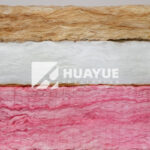
Eco Batt Insulation: What You Need to Know?
Dec 12, 2025
Let's Work Together
Ready to take your business to the next level? Get in touch with our team of experts and let's discuss how we can help you achieve your goals.
Get Free Solutions
